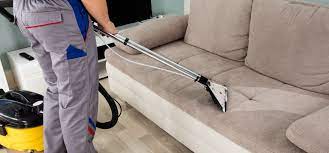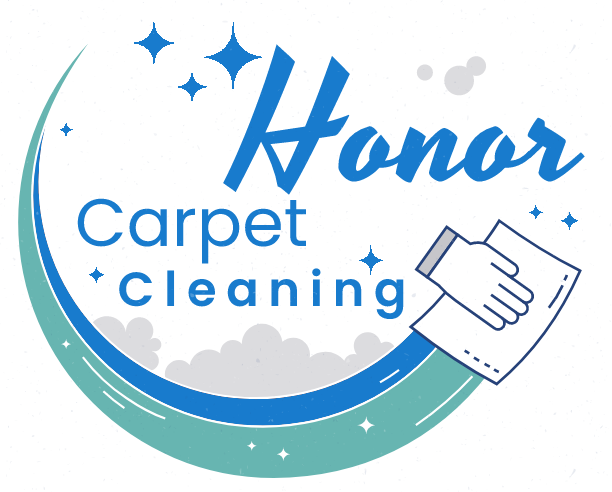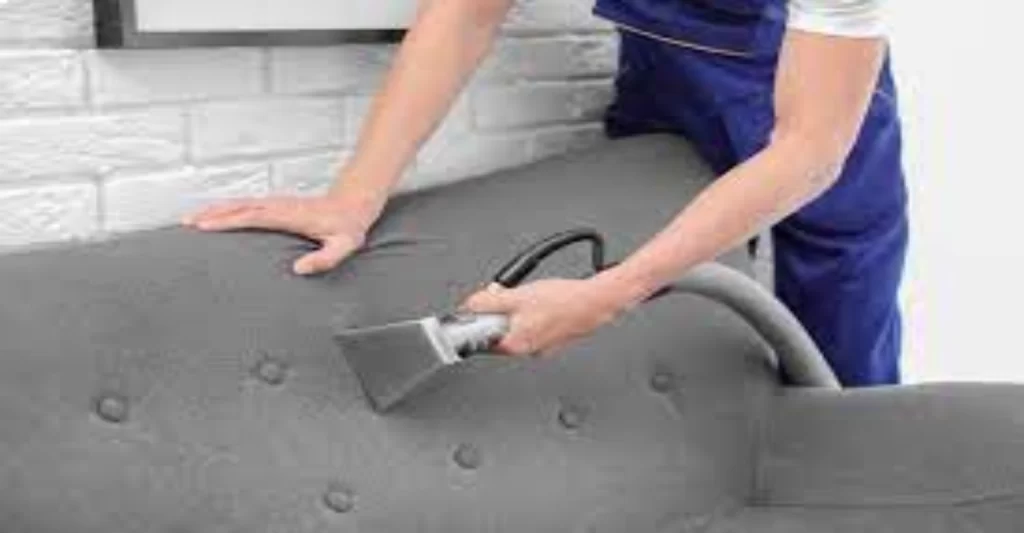Table of Contents
Are you tired of staring at those stubborn stains on your beloved couch or wondering how to spruce up the upholstery in your home? Look no further! In this comprehensive guide, we will unveil the secrets of upholstery cleaning and equip you with all the knowledge and tools you need to bring back that fresh, vibrant look to your furniture. Whether it’s a dusty armchair or a cozy sofa, get ready to transform your living space into an oasis of cleanliness and comfort. Say goodbye to grimy fabrics and say hello to a world of immaculate upholstery. Let’s explore, what is upholstery cleaning.
Importance of Regular Upholstery Cleaning
Regular upholstery cleaning can help prolong the life of your furniture. It will keep your furniture looking new and remove dirt, dust, and other allergens that can make your allergies flare up. By regularly cleaning your upholstery, you can also keep your home more healthy overall.
Regular upholstery cleaning is essential to maintain the look and feel of your furniture. Dust, crumbs, and other small pieces of debris can build up over time, creating a tangled mess that is difficult to clean. Not only does this increase the chances of furniture ripping or tearing, but it also ruins the finish. Regularly cleaning your upholstery can ensure optimum looks and performance for years to come.
To get started, determine which type of upholstery your furniture has. Upholstery covered with a fabric top will need more frequent care than furniture with a wooden frame. Generally speaking, regular upholstery cleaning should be implemented every two months on fabric-covered furniture and every six months on wood-frame furniture.
Before beginning the process, unplug any appliances likely to become caught in the cleaner. It includes microwave ovens and vacuum cleaners, as they can create dangerous electrical shocks if touched while in use. Disconnect all cables from the furniture as well.
Start by prepping your surface with an appropriate cleaner solution. Use soap or solvent specifically designed for upholstery cleaning, and follow the directions on the package carefully. Be sure to use enough liquid to cover all furniture surfaces – excess water can cause damage if it dries on top of the fabric.
Once you have applied the cleaner solution, work quickly while wearing gloves to avoid contaminating yourself or your surrounding environment with harmful chemicals. Use a damp cloth to work the fabric clean. Avoid using water, as this can damage the fabric.
Once the surface has been cleaned to your satisfaction, use a dry cloth to remove any excess liquid or dirt. Be sure to blot the fabric dry rather than wiping it with a towel – this will help avoid streaking and smudging.
Finally, plug in your appliances and cables and clean up any mess that may have been made. Disconnect all cords before leaving the room.
Common Types of Upholstery Materials

There are a variety of different types of upholstery materials that can be found in furniture, ranging from continuous or pile fabrics to synthetic materials. When cleaning any upholstered furniture, it’s essential to know each type’s specific material and cleaning requirements.
Pile fabrics rely on individual threads running throughout the fabric and can be challenging to clean. Cleaning agents that work well on these fabrics include a mild soap and water solution. Be sure to rinse thoroughly to eliminate any soap residue. Synthetic upholstery is made from artificial materials, such as foam or batting, which are less delicate and can be cleaned with stronger cleaners. Use a damp cloth and a mild soap solution to clean synthetic upholstery. Be sure to rinse thoroughly to remove all residue.
Continuous fabrics are made from a single piece of fabric and are easy to clean. To clean endless fabrics, use a mild soap and water solution and rinse thoroughly.
No matter what type of upholstery material is used, keeping it clean and free of stains is essential. For best results, use a cleaning product specifically designed for upholstery.
Signs That Your Upholstery Needs Cleaning
- When your furniture shows signs of dirt, dust, and debris buildup, it’s time for professional upholstery cleaning. Here are some telltale signs that your upholstery needs a deep clean.
- The fabric feels gritty or grainy when touched. Seams appear stretched or popped
- Upholstery appears dull or faded
- Patterned fabrics show visible staining
- The material is covered in lint
- Dust bunnies accumulate around furniture
- Plants and pet hair are multiplying.
- Filthy fabric smells.
- Furniture needs to be seated correctly (small areas are higher than others, seats not level)
- The rugs have more wear than usual.
DIY Upholstery Cleaning Methods

Upholstery cleaning is one of the most essential maintenance tasks for your furniture. Not only does it keep them looking their best, but it also helps to avoid allergies and other health problems. You can use a few different methods to clean your upholstery, and each has its own benefits.
Here are three of the most popular DIY upholstery cleaning methods:
Rubbing alcohol: This is probably the oldest method for cleaning upholstery, and it still works well. Pour some rubbing alcohol onto a cloth and spread it over the surface you want to clean. Let it sit for a few minutes, then scrub away using a rough surface like a brick or stone. Be careful not to rub too hard; you want to remove any dirt, dust, or makeup.
Bleach: Bleaching is another popular way to clean upholstery. Mix bleach with water in a bucket or spray bottle, spritz it onto the fabric, and wait about five minutes before scrubbing with a non-metallic brush. Be sure to rinse everything off thoroughly afterward!
Hydrogen Peroxide: This is the least-than-ideal method for cleaning upholstery since hydrogen peroxide is highly acidic. But if you have no choice, hydrogen peroxide can work miracles when it comes to removing pet hair and even eliminating bad smells from fabrics! Mix two tablespoons of hydrogen peroxide with 8 ounces of water in a spray bottle (or a bucket), spritz it onto the fabric, and agitate with a brush until the liquid is absorbed. Once everything is clean, rinse off thoroughly with water.
All three of these methods are relatively easy to do yourself- read and follow the instructions carefully.
Professional Upholstery Cleaning Services

Upholstery cleaning removes dirt, dust, and other contaminants from leather or fabric upholstery. This service is typically required after major spills or when there is evidence of pet hair. Upholstery cleaning can also be necessary if the upholstery becomes soiled or stained from regular use. Before hiring upholstery cleaner, determine the damage’s extent and whether it requires specialized care.
One of the most important factors to consider when choosing professional upholstery cleaner is their experience with specific material types. Leather cleaners, for example, should have experience working with this type of material. Likewise, carpet cleaners should be knowledgeable about rug cleaning techniques. If you are still determining what type of cleaner best suits your situation, ask the cleaner before booking a service.
Once you have decided upon a cleaner, there are a few things you can do to make the process smoother. Provide as much information as possible about your furniture — such as manufacturer and model numbers — so the cleaner can accurately estimate the work required. It is also helpful to include photographs if possible; these will help illustrate any issues that need to be addressed during the cleaning process. Keep any food or drink out of reach of your furniture while it is being cleaned, as eating or drinking on fabric surfaces may cause staining or liquid marks.
Prepping the furniture beforehand is often necessary to get the best results from a professional upholstery cleaning service. It means cleaning all visible dirt, dust, and debris from the surface. The cleaner may also need access to tight areas, so ask if this is possible before booking the service.
Regarding the payment process, most professional upholstery cleaners accept credit cards or cash as payment. Be sure to provide the cleanser with your card information to process any charges. They are depending on the job’s complexity, turnaround times for a professional upholstery cleaning range from a few hours to a few days.
Choosing the Right Upholstery Cleaning Products
When it comes to cleaning upholstery, there are a few things you need to keep in mind. The most important thing is to use the right cleaning products for the job. Below, we’ll list some of the most common upholstery cleaning products and give you tips on choosing them.
To clean fabric upholstery:
- Use foam cleaner like shampoo or a cream cleaner like Dawn.
- Use a gentle cleanser on delicate fabrics – too much liquid can damage the fibers.
- Rinse well and dry the furniture thoroughly before applying any new upholstery coverings.
If your upholstery is stained with ink or blood, you must first treat it with a furniture polish. Polishes work by breaking down stains into smaller molecules that water can remove. Follow the directions on the product package carefully – overusing a polish can damage fabrics.
To clean seating cushions:
- Use an upholstery sanitizing solution made specifically for this purpose.
- Follow instructions on the package carefully – if care is not taken, solutions can bleach fabrics or cause permanent damage.
- After sanitizing, dry the cushions entirely before putting them back into place.
Tips for Maintaining Clean Upholstery
One of the most critical steps in maintaining clean upholstery is regular cleaning. Here are some tips to help you get started:
- Clean upholstery with a vacuum cleaner and either hot water or a mild cleaning solution whenever possible. Avoid harsh chemicals or abrasives on fabric, as they can damage the finish.
- Use a professional cleaner such as Bissell Odorless Pet Hair & Animal Scat Remover (available at most major retailers) to deep clean furniture. Follow the manufacturer’s instructions carefully.
- Use a dust cloth to gently wipe down surfaces that need to be cleaned and foam dusters or vacuums to sweep off dirt and debris. Never rub furniture; this can damage the finish.
- Use a microfiber cloth to dry the upholstery completely; do not use a paper towel or any other object that might leave lint.
Conclusion: The Importance of Professional Upholstery Cleaning
Professional upholstery cleaning is an important service that should be performed regularly to keep your furniture looking and smelling good. It will look better and reduce the chances of bacteria and dust accumulation, which can lead to asthma conditions and other health problems. By regularly having your upholstery cleaned by a professional, you’ll be able to enjoy your furniture for years to come!

